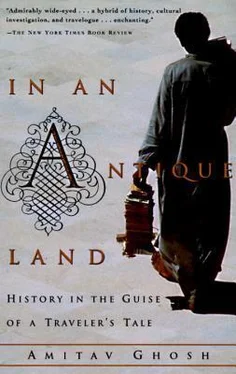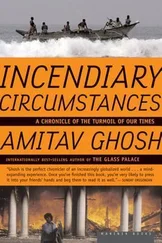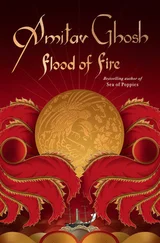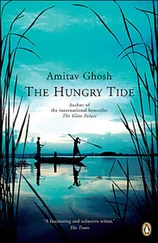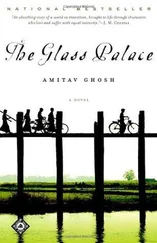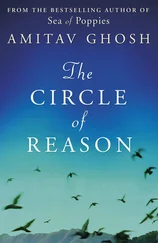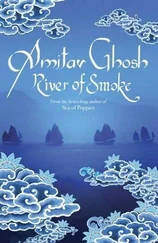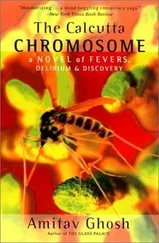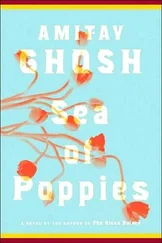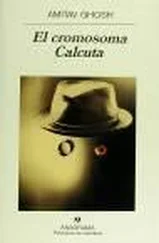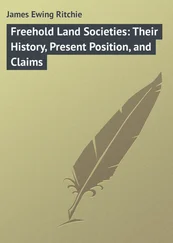69 The various kinds of palm-sugar:Failing to find sugar in Aden once, Khalaf ibn Ishaq commented ‘Your servant looked for sugar, but there is none to be had this year,’ as though in apology for the deprivation he was inflicting on his friend (T — S 18 J 5, fol. 1, recto, margin).
70 If it seems curious:Ben Yiju’s imports of sugar offer a sidelight on the history of that commodity in India. Sugar cane is, of course, native to India and is even mentioned in the Vedas. In his article, ‘Sugar-Making in Ancient India’ ( Journal of the Economic and Social History of the Orient , VII, pt. 1, 1964, pp. 57–72) Lallanji Gopal points out that processes for the manufacturing of refined sugar are mentioned in the Jatakas and were evidently well-known in India since antiquity. Yet, the travellers who visited the Malabar in the later Middle Ages (such as Marco Polo), generally refer to sugar made from palm products, not cane-sugar (p. 68, fn.). This must mean either that cane-sugar was not manufactured in India on a commercial scale or that the process was not widely in use on the Malabar coast. At any rate, the fact that Ben Yiju imported sugar from the Middle East indicates clearly that refined sugar was not generally available in the Malabar coast, and was probably not commercially produced in India at the time. By the sixteenth century, however, sugar had become a major export in Bengal (cf. Archibald Lewis, ‘Maritime Skills in the Indian Ocean’, Journal of the Economic and Social History of the Orient , XVI, pts. II–III, 1973). This means that processes of sugar manufacturing had been widely adopted in India in the intervening centuries — possibly from the Middle East. This may be the reason why the names of certain sugar products in India still invoke Middle Eastern origins.
71 In the Middle Ages, it was Egypt:The reader is referred to E. Ashtor’s excellent article ‘The Levantine Sugar Industry in the Later Middle Ages — An Example of Technological Decline’, ( Israel Oriental Studies , VII, Tel Aviv Univ., 1977). See also Norman Stillman’s ‘The Merchant House of Ibn ‘Awkal’, p. 47.
72 As fishermen … free of restrictions:However, it is worth noting that the origins and nature of the prohibition on sea travel for Hindus (‘crossing the black water’) of which so much was made in the nineteenth century, are extremely obscure. The indications are that the privileging of restrictions on sea-travel amongst Hindus was a relatively late, possibly post-colonial development. For a useful discussion of this question the reader is referred to M. N. Pearson’s excellent article ‘Indian Seafarers in the Sixteenth Century’, p. 132, (in M. N. Pearson, Coastal Western India, Studies from the Portuguese Records , Concept Publishing Co., New Delhi, 1981).
73 Soon afterI reached Mangalore … Bobbariya-bhuta:See U. P. Upadhyaya & S. P. Upadhyaya, Bhuta Worship , p. 60; B. A. Saletore, Ancient Karnataka , p. 461, (Oriental Book Agency, Poona, 1936); and K. Sanjiva Prabhu, Special Study Report on Bhuta Cult in South Kanara District , pp. 143–4, ( Census of India , Series 14, Mysore, 1971). The legends and rituals associated with the Bobbariya-Bhuta are discussed at some length in G. R. Krishna’s Caste and Tribes , (pp. 180–5), which is a detailed study of the Magavira caste.
74 No Magavira settlement … without its Bobbariya shrine:U. P. Upadhyaya & S. P. Upadhyaya, Bhuta Worship , p. 60.
75 ‘With a whole temple’:Allama Prabhu, trans. A. K. Ramanujan, Speaking of Siva , p. 153 (Penguin Books, London, 1987).
76 The kâ[r]dâr’:T — S 20.137, verso, 2–4. In this account Ben Yiju misspells the word ‘kârdâr’ as kâdâr.
77 ‘You my master’:S. D. Goitein, Letters , p. 193. I have substituted the words ‘disgrace’ and ‘censure’ for the words ‘excommunicate’ and ‘excommunication’. The words used in the manuscript (T — S 12.320 recto) are two forms of the Arabic root ‘sh-m-t’. I am informed by Dr Geoffrey Khan that this is not the root that is normally used to designate excommunication in the Geniza documents; it should be read instead as ‘the metathesized form of sh-t-m (to insult, defame), which is used in Maghrebî Arabic …’ The letter would, therefore, be referring to some form of public defamation, or ‘rogues gallery’ (personal communication). Prof. Goitein probably used the term ‘excommunicate’ on the assumption that the ‘kârdâl’ was Jewish. The evidence, as we shall see, suggests otherwise.
78 kârdâl:The word must have been unfamiliar to Yûsuf ibn Abraham for he misspelled it as ‘kârdâl’.
79 ‘As for the delay:T — S 18 J 4, fol. 18, recto, lines 25–28. It is worth noting that among Khalaf and his friends ‘reminding a person of a debt was almost an insult’, (S. D. Goitein, ‘Portrait of a Medieval India Trader’, p. 452).
80 He and Yusuf continued:For a somewhat fuller version of the affair of the kârdâr’s cardamom see my article, ‘The Slave of MS H.6’, (in Subaltern Studies , Vol. VII, Oxford University Press, New Delhi, 1992). I would like to take this opportunity to thank the faculty of the Centre for Studies in Social Sciences, Calcutta (where this book was mainly written) for their comments and criticisms of an earlier version of that article. I also wish to thank Professor Asok Sen, Ranabir Samaddar, Tapati Guha Thakurta, Anjan Ghosh, Pradip Bose and Tapti Roy for the many discussions and arguments with which they have enriched my thinking. Partha Chatterjee has been a constant (if laconic) source of support and encouragement for many years and his comments and suggestions on this manuscript have been invaluable to me. To thank him would be an impertinence.
81 The clue lies … in a throwaway scrap:The sentence goes thus: ‘Remaining (with me) for Nâîr, the brother of the kârdâr, 3 fîlî dirham-s.’ T — S N.S. J 10, verso, margin.
82 Long active … Gujarati merchants:Cf. K. N. Pearson, Merchants and Rulers in Gujarat , pp. 7–12 (University of California Press, Berkeley, 1976). The Vanias were usually referred to as a single group in Ben Yiju’s papers — Baniyân — but they were actually composed of many different sub-castes (see Pearson’s Merchants and Rulers , p. 26). For the transoceanic dispersal of Gujarati traders in the Middle Ages, see Paul Wheatley’s The Golden Khersonese , p. 312 (University of Malaya Press, Kuala Lumpur, 1961). Wheatley quotes an observation by Tomé Pires, the sixteenth-century Portuguese chronicler, that of the 4,000 foreign merchants resident in Malacca in 1509, 1,000 were Gujaratis. See also R. B. Serjeant, The Portuguese off the South Arabian Coast , p. 10 (Clarendon Press, Oxford, 1963); M. N. Pearson’s article, ‘Indian Seafarers in the Sixteenth Century’, p. 132; and Archibald Lewis’s article, ‘Maritime Skills in the Indian Ocean’, pp. 243–4.
83 Madmun, for one:In one of his letters Madmun asked Ben Yiju to inform his Gujarati contacts about the probable behaviour of the prices of pepper and iron in the Middle East in the coming year (T — S 18 J 2 , fol. 7, verso, lines 3–6). See also S. D. Goitein’s article, ‘From Aden to India’, p.53.
84 Ben Yiju … served as a courier:Cf. T — S N.S. J 1, verso, line 4–10.
85 Madmun … proposed a joint venture:T — S 18 J 2, fol. 7, verso, lines 1–2. Curiously Ishaq is referred to as ‘the Bâniyân’. The names of the others are spelt: Kanâbtî and Sûs Sîtî respectively. I am grateful to Prof. B. A. Viveka Rai for the suggestion that the latter could be ‘Sesu Shetty’. Cf. also Goitein, ibid.
Читать дальше
